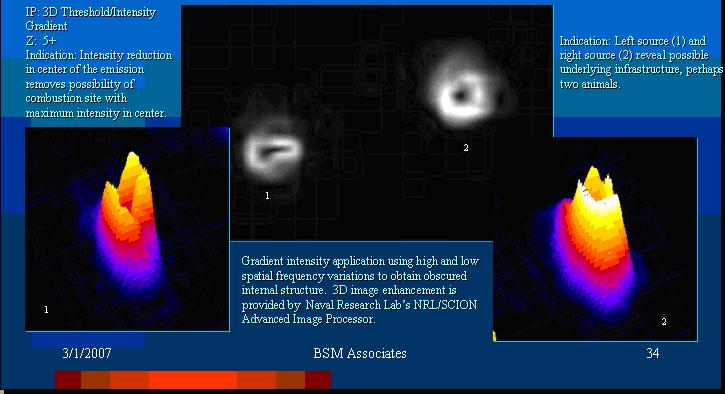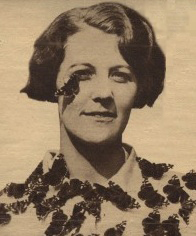How are strange flying lights seen in New Guinea, in the 1930’s, related to strange flying lights seen recently near Marfa, Texas? Many of the CE-III Marfa Lights (so classified by the scientist James Bunnell) fly horizontally at low altitude; the lights observed by the British biologist Evelyn Cheesman, deep in the interior of the mainland of what is now Papua New Guinea, were seen in a horizontal line.
In her book The Two Roads of Papua (Published by Jarrolds, Limited, in 1935), Lucy Evelyn Cheesman described strange flying lights that defied any commonplace explanation. She saw that it would be unreasonable to suppose that the natives could have produced the lights; human origin was out of the question, for people would have to have been strung out for several miles, in a dense jungle, coordinating the on-off flashs of their flashlights. Eventually she gave up trying to explain them.
On the surface, it might seem better to tie the Cheesman lights to the ropen light of Umboi Island, Papua New Guinea, for all those lights, as individual lights, seem to last for only about five or six seconds or so, and individual CE-III Marfa Lights may last much longer. But the indava lights (seen just a couple of mountain ranges or so south of where Cheesman was) sometimes do glow longer than a few seconds.
How do these flying lights relate to pterosaurs? In general, they are seen in areas where eyewitnesses have seen apparent living pterosaurs, and sometimes an eyewitness will see a pterosaur that glows as it flies.
British Biologist Observes Strange Lights
She described the flash: It lasted “about four or five seconds, but that flash had been a little distance away from the first. Flashes continued at intervals. . . . by no possibility could there be human beings out there using flash-lamps at intervals . . .”
Cheessman Lights and Pterosaurs
Some people might ask how unidentified flying lights connect with living pterosaurs. They connect in three ways. The more-direct way is that pterosaurs or pterosaur-like flying creatures are sometimes seen to glow. A recent example is from a lady who was on a cruise in the Caribbean, with family members. Her daughter brought her onto the deck one night, anxious for her to see what was flying over the sea. The mother, who had not been drinking, saw two apparent pterosaurs, glowing and flying back and forth, sometimes closer to the ship. Other examples are found from the writings of explorers, like Paul Nation, Jonathan Whitcomb, Garth Guessman, and David Woetzel, who interviewed eyewitnesses in Papua New Guinea.
On some warmer nights, a ball of light [Marfa Lights of Texas] seems to split into two, which will separate and fly away from each other before turning around and flying back together. They have recently been linked to flying lights in the southwest Pacific, north of Australia, lights that natives of Papua New Guinea testify are made by large flying creatures. Local names for those creatures include “ropen,” “seklo-bali,” “duwas,” “kor,” “wawanar,” and “indava.”
Bioluminescence and Marfa Lights
A recent report, from a researcher and explorer, who has seen these nocturnal creatures himself, indicates one of the pterosaurs had a glow on the leading edge of the wings.
No biology textbook explains anything about pterosaur bioluminescence, at least not yet; but my associates and I believe the day will come when biology textbooks will include that subject. Future discoveries may reveal something about the biological chemistry involved, for it may differ from the bioluminescent of other organisms such as fireflies.
Dragons, strange lights, and pterosaurs
When considering flying lights and eyewitness accounts of living pterosaurs, we need to consider what some persons would call a large flying creature with a long tail and teeth but no feathers: “dragon.”





